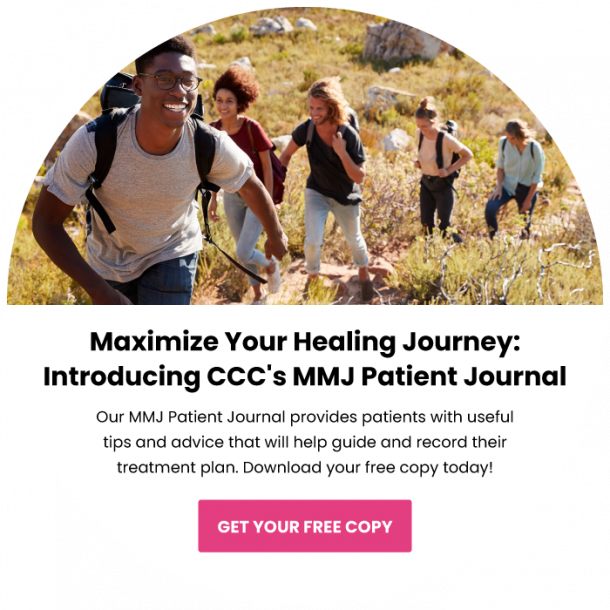More than half of the adult U.S. population now has access to cannabis, both for medicinal purposes and for adult use (recreational).
In states that have legalized medical cannabis, patients must have one of their state’s listed qualifying conditions in order to receive a medical marijuana card.
Each state has different rules and regulations and the process may seem daunting at first. Do you even need to get one? Can you use your card in other states to purchase THC or CBD infused products? Who do you talk to first?
Here are three simple steps for potential patients to hash out their weed card woes.
- Check if medical cannabis is legal in your state and find out what qualifying conditions are accepted. Leafly has a list that they continually update.
- If you believe you have one of your state’s qualifying conditions or symptoms the next step is to get a signed recommendation from a licensed doctor. Compassionate Certification Centers has facilities throughout the U.S. where patients can receive medical cannabis evaluations and guidance through the certification process.
- After obtaining a physician recommendation, you will need to apply through your home state and a pay a fee.
Once your MMID (medical marijuana I.D.) card is received, you are eligible to visit dispensaries and cannabis clubs within your state.
When traveling there are a small number of states that accept out of state cards. Check the list beforehand.
Have more questions? Visit our FAQ’s page or contact us.
#420card #420meds #cannabiscard #marijuanacard #weedcard #maryjanecard #grasscard #potcard #ganjacard #dopecard #chroniccard #reefercard #hashcard #thccard #herbcard #budcard #mmjcard

